Your home isn’t just a place to live—it can also be a powerful financial asset. Home equity, the portion of your home you truly own, can help you achieve various goals, from making renovations to consolidating debt. But what exactly is home equity, and how can you use it wisely? Here’s a beginner-friendly guide to understanding home equity and the smart ways to leverage it.
What Is Home Equity?
Home equity is the difference between your home’s current market value and the balance of any loans secured by the property. For example:
- If your home is worth $500,000 and you owe $300,000 on your mortgage, your equity is $200,000.
As you pay down your mortgage and your home’s value increases, your equity grows. This equity can be used as collateral for loans or lines of credit, giving you access to funds without selling your home.
Smart Ways to Use Home Equity
- Home Improvements
Investing in renovations or upgrades can increase your home’s value while enhancing your living space. Kitchens, bathrooms, and energy-efficient upgrades often offer the best return on investment. - Education Expenses
Using home equity to fund higher education for yourself or a family member can be a more affordable alternative to student loans, thanks to typically lower interest rates. - Debt Consolidation
If you have high-interest debt, such as credit cards or personal loans, you can use home equity to consolidate and pay it off. This approach simplifies your payments and can reduce your overall interest costs. - Emergency Expenses
Home equity can provide a financial safety net for unexpected medical bills, job loss, or other emergencies. - Starting a Business
Entrepreneurs may use home equity to finance a new business or expand an existing one, though this involves a higher level of risk. - Investing
Some homeowners use home equity for investment opportunities, such as purchasing rental properties. However, this strategy requires careful planning and risk management.
Home Equity Loan vs. Line of Credit: What’s Right for You?
If you’re considering tapping into your home equity, you’ll typically choose between a home equity loan and a home equity line of credit (HELOC). Here’s a quick comparison:
Home Equity Loan
- Structure: Provides a lump sum with a fixed interest rate and set repayment term.
- Best For: One-time expenses, such as major renovations or debt consolidation.
- Advantages: Predictable monthly payments and stable rates.
Home Equity Line of Credit (HELOC)
- Structure: Functions like a credit card, allowing you to borrow as needed during a draw period (usually 10 years), followed by a repayment period.
- Best For: Flexible, ongoing expenses like home improvements or unexpected costs.
- Advantages: Interest is charged only on the amount you use, and rates are often lower initially (though they may be variable).
How to Decide If Using Home Equity Is Right for You
- Evaluate Your Financial Situation
Before borrowing, ensure you have a stable income and can comfortably afford the payments. - Consider the Risks
Borrowing against your home means your property serves as collateral. If you can’t repay the loan, you risk foreclosure. - Research Costs
Both home equity loans and HELOCs come with fees, including appraisal costs, closing costs, and potentially annual fees. Compare offers from multiple lenders to ensure you’re getting the best deal. - Have a Clear Purpose
Only use home equity for purposes that improve your financial standing or quality of life. Avoid using it for non-essential expenses, like vacations or luxury purchases.
How First Western Trust Can Help
At First Western Trust, we understand the importance of making informed decisions when it comes to your home equity. Our team of experts is here to help you:
- Determine how much equity you can access and whether a loan or HELOC is right for you.
- Navigate the application process with ease, ensuring you understand the terms and costs.
- Develop a plan to use your equity responsibly and align it with your broader financial goals.
Final Thoughts
Home equity is a valuable resource that, when used wisely, can help you achieve significant financial milestones. By understanding how it works and exploring your options, you can leverage your home’s value to create a brighter financial future.
Ready to explore your home equity options? Contact us today to speak with a financial specialist who can guide you through the process and help you make the most of your home’s potential.










